| Structure | Name/CAS No. | Articles |
|---|---|---|
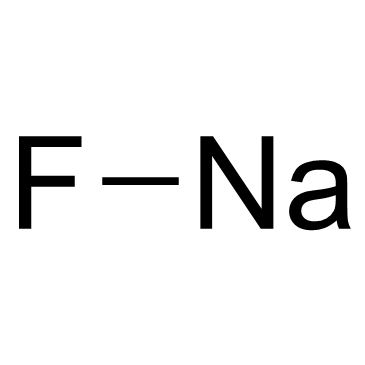 |
Sodium Fluoride
CAS:7681-49-4 |
|
 |
sodium dodecyl sulfate
CAS:151-21-3 |
|
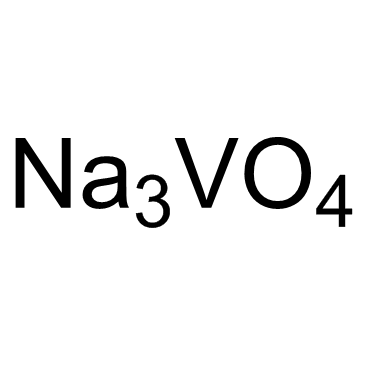 |
Sodium orthovanadate
CAS:13721-39-6 |
|
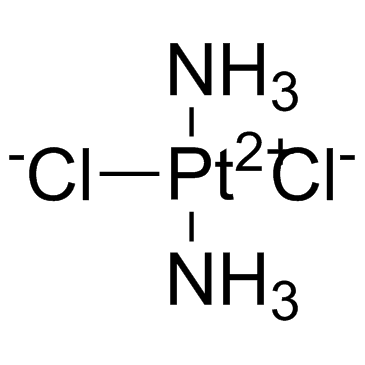 |
Cisplatin
CAS:15663-27-1 |
|
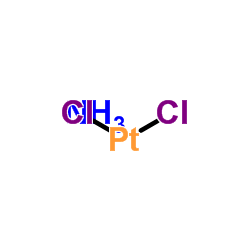 |
trans-Dichlorodiamineplatinum(II)
CAS:14913-33-8 |
|
 |
Vorinostat(SAHA)
CAS:149647-78-9 |
|
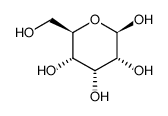 |
Beta-D-allose
CAS:7283-09-2 |